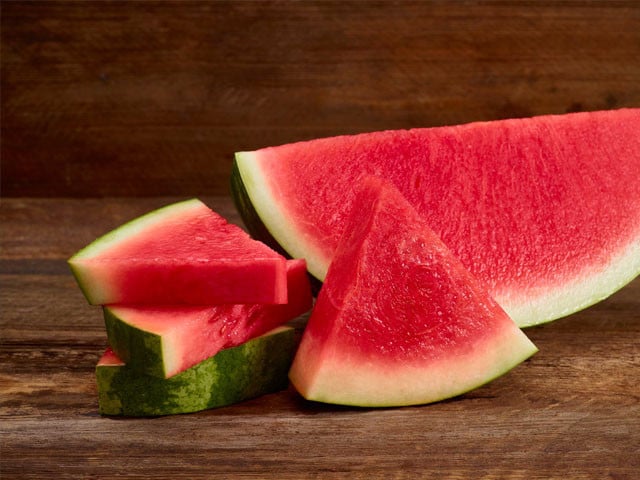As summer heats up, so does the demand for one of the season’s most refreshing and hydrating fruits — watermelon. Known for its juicy flesh, this fruit is over 90% water and is loaded with essential vitamins A, C, B6, lycopene antioxidants, potassium, magnesium, and citrulline, which support heart health and muscle recovery.
However, amid soaring sales, concerns about chemical adulteration have also grown. Unscrupulous sellers sometimes inject dyes or chemicals to improve the fruit’s appearance, making it look unnaturally vibrant and appealing.
READ MORE: Android 15 Sets New Storage and RAM Requirements — Minimum 32GB Storage Now Mandatory for GMS
If you want to enjoy watermelon safely this summer, here are 10 simple tips to help you choose the right, chemical-free fruit:
🏖️ 10 Tips for Choosing Safe and Naturally Ripened Watermelon:
- Inspect the Shape
Pick watermelons that are evenly shaped and symmetrical. Odd shapes may hint at poor growth or ripening issues. - Cotton Ball Test
Rub a cotton ball over the cut flesh. If the cotton turns reddish, artificial dye could have been used. - The Thump Test
Tap the rind gently — a deep, hollow sound means the fruit is ripe and juicy. - Weight Check
Heavier watermelons usually contain more water, which translates to better sweetness and ripeness. - Sugar Spots Indicator
Small brown spots or streaks on the surface signal high sugar content, meaning the fruit is naturally sweet. - Look at the Field Spot
The bottom of the watermelon should have a creamy yellow patch, showing it ripened in the sun, not prematurely picked. - Glass Water Test
Place a piece of watermelon flesh in water. If the water changes color, the fruit may have been chemically treated. - Rind Color & Texture
Choose fruits with a deep green rind and bold dark stripes. Avoid watermelons with dull, pale, or bruised skin. - White Paper Test
Rub a piece of white paper on the flesh. If the paper absorbs color, the fruit likely contains artificial dyes. - Inspect for Bite Marks
Always check for visible damage or rodent bite marks, especially near the base, before purchasing.
By following these simple tips, you can enjoy watermelon season without compromising your health.




